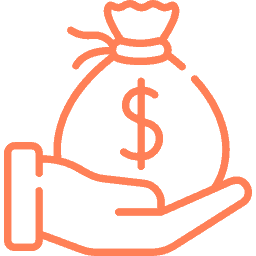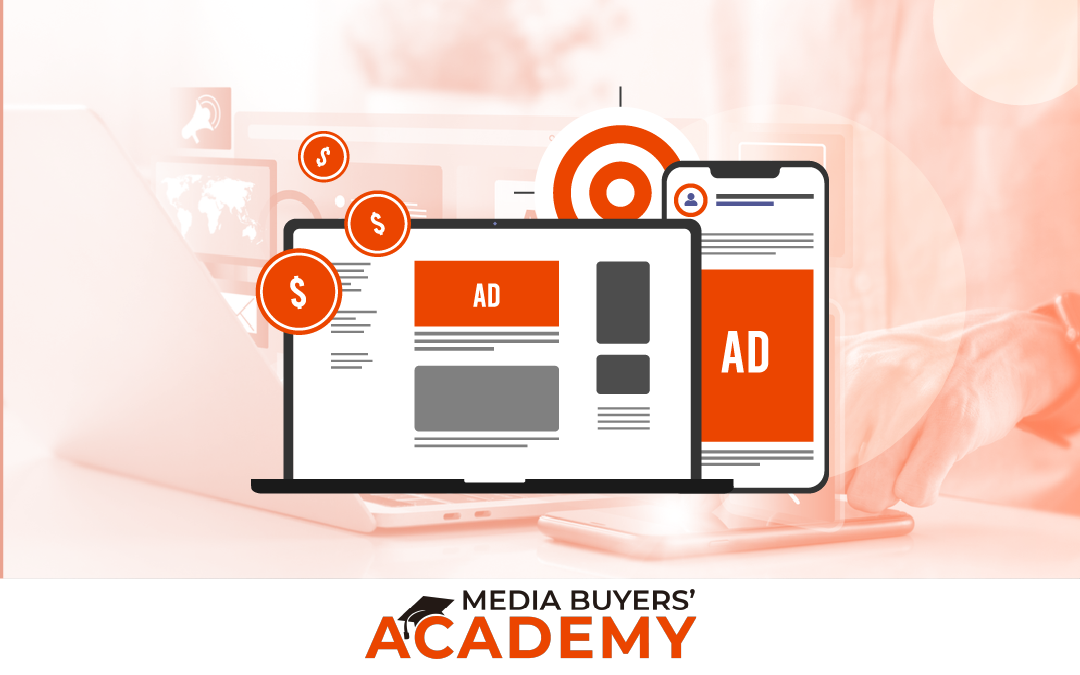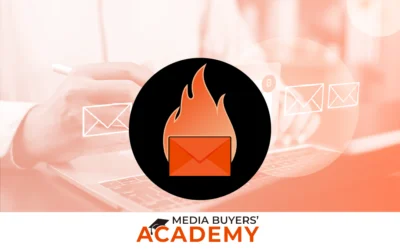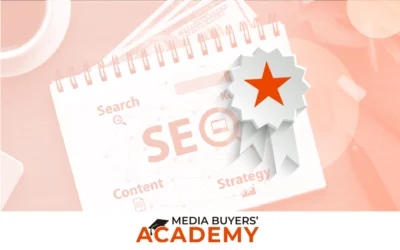Automated ad buying completely flipped how businesses get their message to the right people. The old days of placing ads by hand and hoping for good results are over. Say goodbye to manual steps! A sophisticated program now runs the entire show on its own. It cranks up the speed and delivers serious muscle.
What is the true essence of programmatic advertising? Automated ads: How do they work? Get ready to understand the new digital tools that are totally flipping the script on how advertising works online.
Table Of Contents:
- What is Programmatic Advertising?
- Just how does programmatic advertising make it all happen?
- Programmatic advertising works wonders. It finds your ideal customers automatically. This means your ads get seen by the right eyes. You save money and get better ad performance.
- Types of Programmatic Advertising Deals
- Getting Started with Programmatic Advertising
- Common Challenges in Programmatic Advertising
- Imagine what’s coming next for how ads get bought and sold automatically.
- Here’s the final word.
What is Programmatic Advertising?
At its foundation, programmatic advertising is the use of software to buy digital advertising space. This mechanism supersedes prior display advertisement procurement methods, which necessitated direct human negotiation and physical documentation for order placement. Instead, programmatic advertising platforms use algorithms to purchase ad space automatically.
Consider it a smart, automated market where advertisers and publishers can buy and sell ad inventory in an instant. This system is automatic. It takes all the hard work out of your ad campaigns. It consistently finds the best deals and most relevant ad placements for your display ad.
This method of programmatic media buying is not limited to just banner ads. Think of it: all kinds of ads. Picture short videos or images showing up right inside your phone’s apps. Our main aim is to smooth out the process of purchasing ad space. When companies can easily tap into their performance data, they gain a clearer path to increasing their financial returns.
Just how does programmatic advertising make it all happen?
The advertising programmatic advertising process can appear complicated, but it breaks down into a few core steps. A bunch of different people and systems have to click. They all need to operate in sync. You’ll see exactly how we bring advertising projects to life.
The Key Components
The programmatic ecosystem relies on a few main technologies. A demand-side platform (DSP) is the software used by advertisers to buy ad impressions from exchanges. On the other side, a supply-side platform (SSP) is used by publishers to sell ad space.
An ad exchange sits in the middle, acting as a digital marketplace that connects DSPs and SSPs. And last, DMPs grab your data and sort it out. Advertisers get a crystal-clear picture of their audience with this data, making sure their ads hit home.
The Bidding Process
The most common method used in programmatic media buying is real-time bidding (RTB). The entire ad-buying process happens in the time it takes for a webpage to load. Here is a simple breakdown of the RTB process:
- A user clicks a link and starts to load a website or mobile app.
- The publisher’s SSP sends out a bid request to multiple ad exchanges, making its ad inventory available.
- The ad exchange then offers this impression to multiple demand-side platforms.
- Each DSP analyzes the bid request, considering data about the user, the site, and the advertiser’s programmatic campaign settings.
- Advertisers whose target audience matches the user profile submit a bid for the ad space; the highest bid wins the auction.
- The highest bidder’s ad is sent to the publisher and displayed to the user on the page.
This entire high-speed auction for advertising space happens in milliseconds. The highest bidder gets to show their digital ad to a relevant user. By grabbing information the moment it happens, the system can instantly adjust and stay incredibly quick to react.
Programmatic advertising works wonders. It finds your ideal customers automatically. This means your ads get seen by the right eyes. You save money and get better ad performance.
Now that we’ve gone over what programmatic marketing is and how it works, let’s see why it’s become so popular. Advertisers keen on making their online ads hit harder often choose this because of its clear advantages. It’s no surprise that more companies are now pouring their advertising funds into this method – the payoff is simply undeniable.
1. Increased Efficiency
Programmatic advertising platforms automate the buying and ad placement process. You’ll gain a lot of time back. It also means far less work done by hand. Marketing teams can run a programmatic campaign more quickly and focus on strategy rather than administrative tasks.
2. Advanced Targeting Capabilities
With programmatic media, you can target your ads with remarkable precision. You can really pinpoint who you’re talking to. Think about their age and gender, what websites they visit, where they physically are, and what hobbies or products they care about. Advertisers can now pinpoint their ideal customers. This makes sure their messages reach only those ready to buy.
Smart targeting makes every ad dollar count. It reduces wasted impressions by showing ads only to relevant consumers. Your ad campaign will hit harder and run smoother.
3. Real-Time Optimization and Insights
Programmatic advertising platforms provide immediate feedback on campaign performance. You can monitor your ads in real time and make adjustments as needed. This allows you to optimize your display ads for better results while the campaign is still active.
You get live data. It clearly shows where your ads appear and who’s actually seeing them. When you can see everything clearly, you’ll put your ad money in all the right places. Your campaigns really hit their stride when you use the sharp data from your management tools.
4. Broad Reach and Access
Programmatic buying provides access to a huge amount of ad inventory across thousands of publisher websites. It makes connections directly with tons of ad exchanges and networks. An advertiser can reach a global audience through a single, centralized advertising platform.
Types of Programmatic Advertising Deals
There are several ways to conduct programmatic media buying, each offering different levels of control and access. Advertisers and publishers can easily pick from these deal options, finding the perfect match for what they aim to achieve. Understanding them is important to learn programmatic advertising correctly.
Real-Time Bidding (RTB)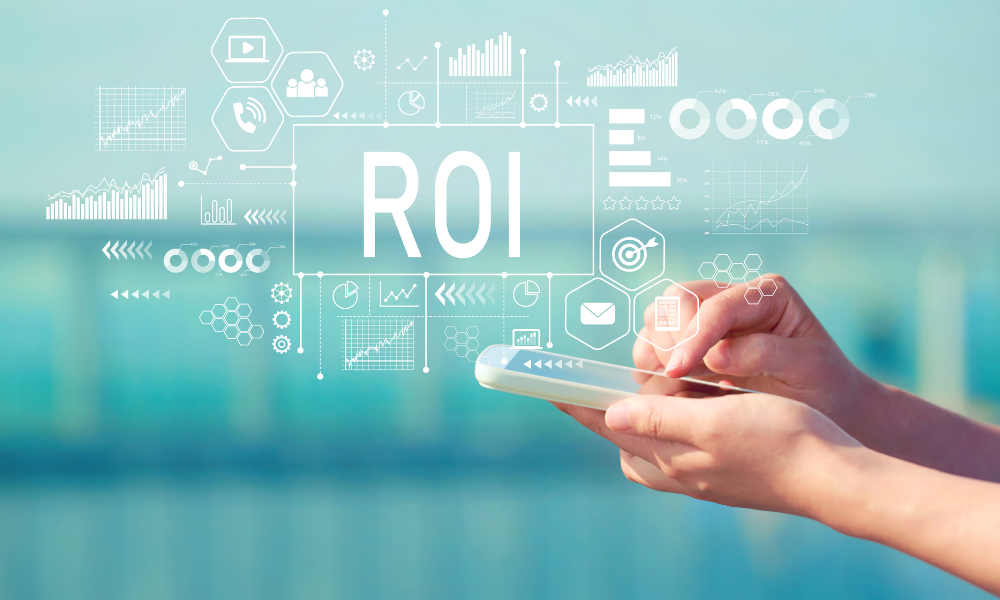
Also known as open auctions, RTB is the most common form of programmatic advertising. Ad impressions are sold to the highest bidder in real time on ad exchanges. Imagine reaching millions of people with your message; that’s the widespread exposure this offers businesses.
Private Marketplace (PMP)
A private marketplace is an invitation-only auction where a publisher makes its premium ad inventory available to a select group of advertisers. This gives you a clearer view and more say than open bidding. Special ad buys let premium sites and major brands partner up, ensuring ads land in safe places.
Programmatic Direct
This type of deal automates the traditional direct ad buying process. An advertiser agrees to purchase a fixed number of impressions from a publisher for a pre-negotiated price. The deal is executed programmatically, bringing efficiency to a direct buy without the auction environment.
Preferred Deals
Preferred deals give a buyer the option to purchase ad inventory at a fixed price before it becomes available in the private marketplace or open auction. The advertiser gets a first look at valuable inventory, but the purchase is not guaranteed. It provides priority access without the commitment of a programmatic direct deal.
| Deal Type | Access | Pricing | Inventory |
|---|---|---|---|
| Real-Time Bidding (RTB) | Open to all advertisers | Variable; auction-based | Wide range, from remnant to premium |
| Private Marketplace (PMP) | Invitation-only | Variable; auction with a floor price | Premium or exclusive inventory |
| Programmatic Direct | One-to-one direct deal | Fixed price (CPM) | Guaranteed, reserved inventory |
| Preferred Deals | Priority access for one buyer | Fixed price (CPM) | Non-guaranteed, first-look inventory |
Getting Started with Programmatic Advertising
If you want to start with programmatic advertising, a structured approach will help. Want your campaign to really hit its mark? You need to put serious thought into how you kick things off from the very beginning. Follow these steps to launch your first programmatic ad campaign.
- Define Your Goals: First, determine what you want to achieve. Consider your business strategy. Is your focus on widespread brand recognition, finding qualified prospects, or turning website visitors into paying customers? You’ll want clear targets to point your whole advertising effort in the right direction.
- Identify Your Target Audience: Know exactly who you want to reach with your display advertising. Create detailed audience personas based on demographics, interests, and online behavior. You’ll reach the right folks with greater accuracy.
- Choose a Demand-Side Platform (DSP): You will need a DSP to buy ad space. Research different demand-side platforms to find one that fits your needs and budget. You’ll want to see their product variety, customer reach, and result breakdowns.
- Set Your Budget: Decide how much you are willing to spend on your ad campaigns. You can set daily or overall campaign caps to control your ad spend. When you map out your spending, you stop wasting cash and easily see your financial wins.
- Create Your Ad Creatives: Design compelling ads that will capture attention. Develop different ad formats, such as a display ad or a video ad, to see what performs best. Always have your marketing visuals mirror your company’s identity and the core idea you’re sharing.
- Launch and Monitor Your Campaign: Once everything is set up, launch your campaign. Continuously monitor its performance using the analytics provided by your DSP. Watch your most important numbers: how many people click and how many of them convert.
- Optimize for Performance: Use real-time data to make adjustments to your programmatic campaign. You might change your targeting parameters, update your ad creatives, or reallocate your budget. Persistent refinement yields triumph.
Common Challenges in Programmatic Advertising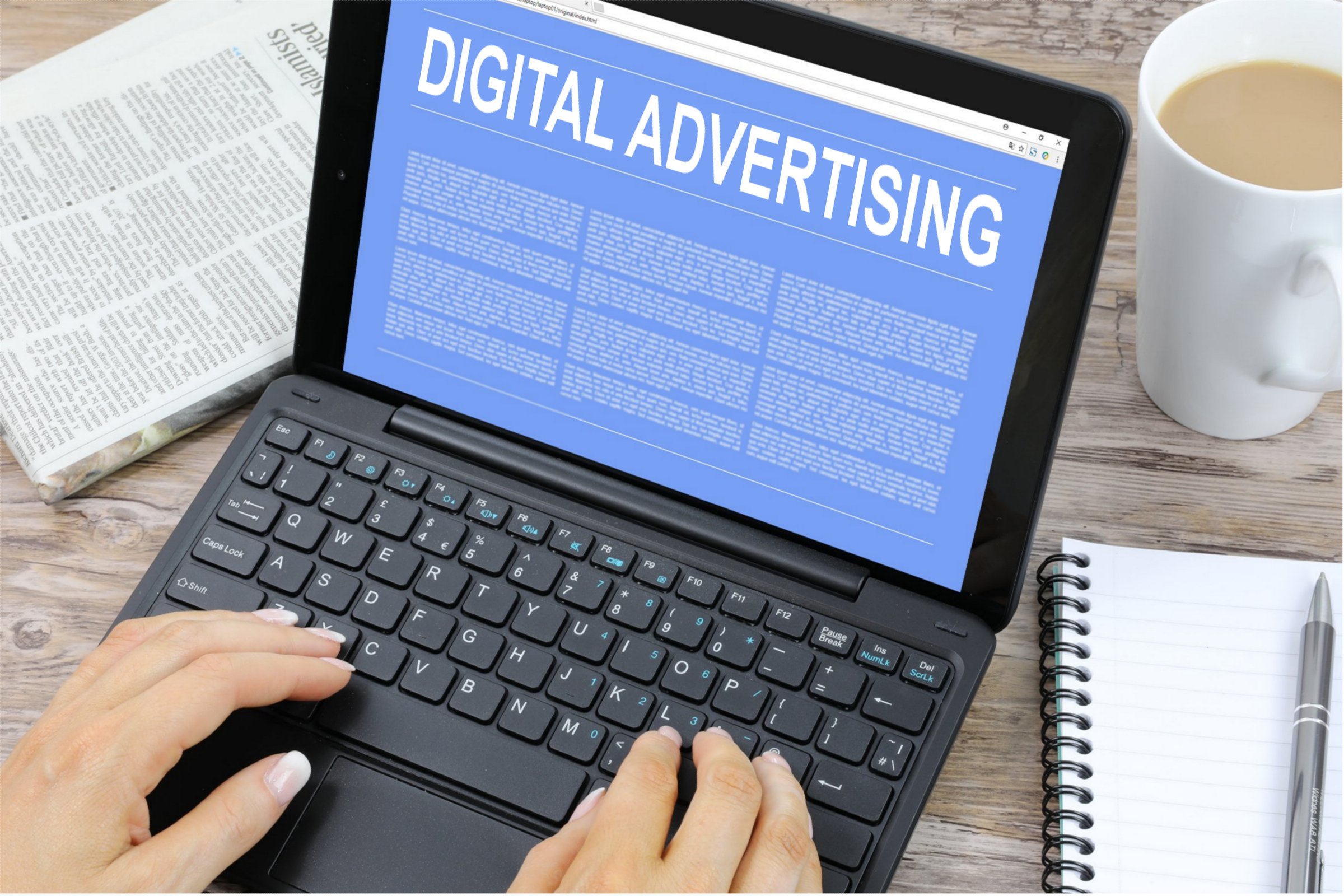
While programmatic advertising offers many advantages, it is not without its difficulties. Keeping an eye on potential problems helps advertisers guard their money and good name. Dealing with these issues is simply how you get a programmatic strategy to succeed.
Ad Fraud
Where there is money, fraud often follows, and digital advertising is no exception. Dishonest people deploy automated programs. They trick ad systems into counting phony views and clicks. Advertisers face a tough problem: wasted ad dollars and twisted performance data.
To avoid trouble, pick good ad partners and run checks for fake activity. Technologies like ads.txt and sellers.json help verify inventory sources. We work hard to keep your hard-earned money safe from anyone trying to pull a fast one.
Brand Safety
With automated ad buying, there is a risk that your ads could appear next to inappropriate or harmful content. Your brand’s good name could really suffer. Maintaining brand safety is a top priority for any advertiser.
Many management platforms offer brand safety controls to reduce this risk. Manage what you see online with these tools; either block entire content categories or allow only a select list of websites. Smartly using these features guards your brand’s public face. It’s how you keep its true essence from getting lost.
People expect their private information to stay secure. Strict rules exist to make sure it does.
Worries about personal data are on the rise. Both regular folks and lawmakers are feeling it. Laws like the GDPR in Europe and the CCPA in California have changed how companies can collect and use consumer data. Complying with these privacy regulations is mandatory.
Brands buying ads automatically really have to keep people’s privacy safe and obey all legal rules. Show what data you gather right in your privacy policy. The advertising game is changing fast as third-party cookies disappear. Marketers are now building clever new ways to find the right people online, like using contextual ads or first-party data.
Imagine what’s coming next for how ads get bought and sold automatically.
Online ad buying keeps shifting with fresh tech and popular ideas. To hit their goals, marketers need to know about the latest social media platform changes or what customers want next. Programmatic media is shifting. Here are the important patterns making that happen.
AI and Machine Learning
Artificial intelligence is playing a larger role in optimizing programmatic campaigns. Computer brains can dig through huge amounts of digital facts. With this info, they get better at spending money on ads, figuring out what shoppers want, and making ads that feel like they were made just for one person. Imagine how much stronger your message becomes. New software helps you target exactly who needs to hear it, making your outreach efforts hit home every time.
The Rise of Connected TV (CTV)
As more viewers move from traditional cable to streaming services, programmatic advertising is expanding into connected TV. Advertisers can now pinpoint their TV audience with the same sharp focus seen in online ads. Ads on connected tv can be targeted at the household level, blending the reach of TV with the data of digital.
Voice and Audio Advertising
With the growth of smart speakers, podcasts, and music streaming, programmatic audio ads are becoming more common. This advertising method finds people when their focus is off a screen, reaching individuals already tuned in—perhaps during a drive or a workout. It speaks to an attentive mind, not just passive eyes. Imagine this channel getting bigger. Automated ad purchases will soon let you jump in easily and see exactly what’s working.
A Cookieless Environment
The phasing out of third-party cookies is a major shift for the industry. Advertisers must now rethink how they aim their messages and track what truly works. You’ll see businesses really focusing on their own customer information, placing ads that make sense for the page, and building new systems to spot web visitors.

Here’s the final word.
Programmatic advertising completely reshaped how we buy and sell ads online. It works fast. You get exact aim and full openness. Yes, things like fraudulent clicks and strict data rules pop up. But when you consider how many new customers advertisers can reach, the upsides are truly powerful.
Imagine ads that truly get you. Artificial intelligence will soon make programmatic advertising sharper than ever. It’ll reach you on screens you use daily, like your connected TV. If you truly grasp and put programmatic advertising to work, you’ll gain a huge leg up in today’s online marketplace. Just starting out? Or a seasoned expert? You need to master this tech to keep moving ahead.


